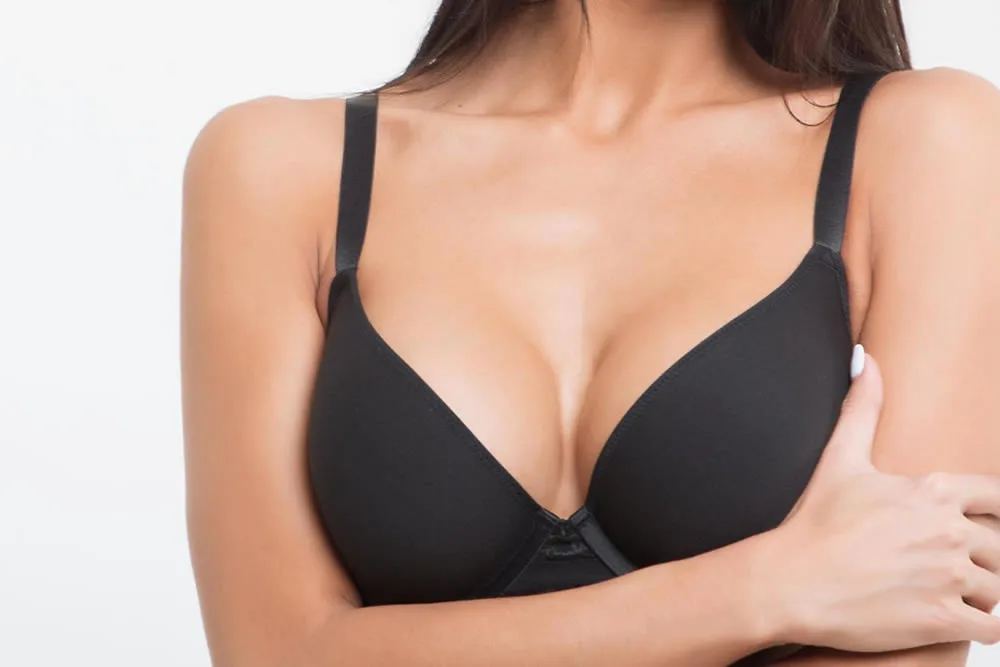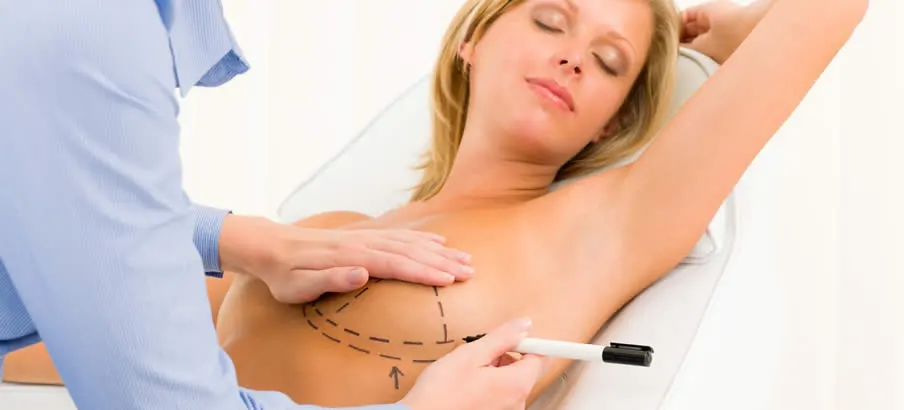Breast Augmentation


Cause for treatment:
Weight loss, aging, or pregnancy each can naturally cause women to lose volume in their breasts. Or, some women are unhappy with their breast size throughout life. No matter the cause, the result is often feelings of embarrassment and disappointment when wearing certain clothes. Breast augmentation can come to the rescue by adding volume and fuller breast shape. If sagging skin is an accompanying issue, a breast lift in conjunction with a breast enlargement may be the answer. This procedure not only increases breast volume, but also creates a smoother, firmer, younger look.
Treatment:
drName is here to help patients make the best decisions in achieving their breast augmentation goals. Since numerous options are available, drName experience in these surgeries enables him to use his skills and knowledge to make expert recommendations for each patient’s treatment plan. There are a variety of ways breast augmentation procedures may be performed, as well as options for incision placement in discreet locations with virtually unnoticeable scarring. Often, breast augmentation is performed during day surgery with no overnight hospital stay required. There will be a period of downtime following surgery, and drName will discuss all aspects of your procedure based on your goals and needs so that you know what to expect before, during and after surgery.
Implant sizing:
Choosing the ideal implant size is an important part of the augmentation process. drName will provide input for you to consider as you make your decision. Your new breast shape is determined by the round or teardrop (anatomical) shape of the implant itself. Round implants produce a round curve in the upper portion of the breast, while teardrop implants create a gentle slope that causes a fuller upper area. Your choice is driven by the appearance you want to achieve. Also, your breast width will be considered to determine the amount of cleavage between breasts and the outer curves. A look of balance with your hips should be a goal. drName will also ensure that you have realistic expectations for your procedure. For instance, if you desire to move from a bra cup size “A” to a “C”, there must be enough breast tissue for safe and attractive results.
Post-operative care:
Arrange for someone to drive you home and remain with you for at least 24 hours after your procedure. Pain should be easily relieved with pain pills prescribed by drName, and a feeling of breast tightness is normal as your body gets used to the implants. Your breasts will be somewhat swollen at first, but that will dissipate so that the actual size and shape of your new breasts will be evident within a few weeks. You may notice slight asymmetry, which is usually not a concern because most natural breasts are somewhat asymmetrical. As you recover, you can move freely but avoid heavy lifting for 2-3 weeks. You should be able to go back to work after a few days. Moderate exercise like walking or stationary biking is acceptable after one week, and vigorous exercise like aerobics or jogging may begin after 3-4 weeks. Remember to wear a bra at all times except when bathing for the first 2 weeks post-surgery.
Possible complications:
Patients with diabetes, autoimmune disease, radiation history or smoking habits may experience delayed wound healing. Capsular contracture, infection, bleeding or skin irregularity may also occur. drName will perform a thorough medical evaluation prior to surgery to assess potential risks. Also, an implant may become “flat” and require replacement if it develops even a small hole, causing the saline to leak out. This complication can be avoided with proper precautions. You might have concerns about silicone implants because the FDA placed a hold on them in 1992 as their safety and effectiveness were investigated. Saline (salt water) implants replaced them. Initial concerns about silicone implants focused on whether the silicone gel was related to autoimmune disease; a large study conducted by the Mayo Clinic has since shown that autoimmune disease occurred with the same frequency for women with and without breast implants. The cause for autoimmune diseases in middle aged women is not known.
